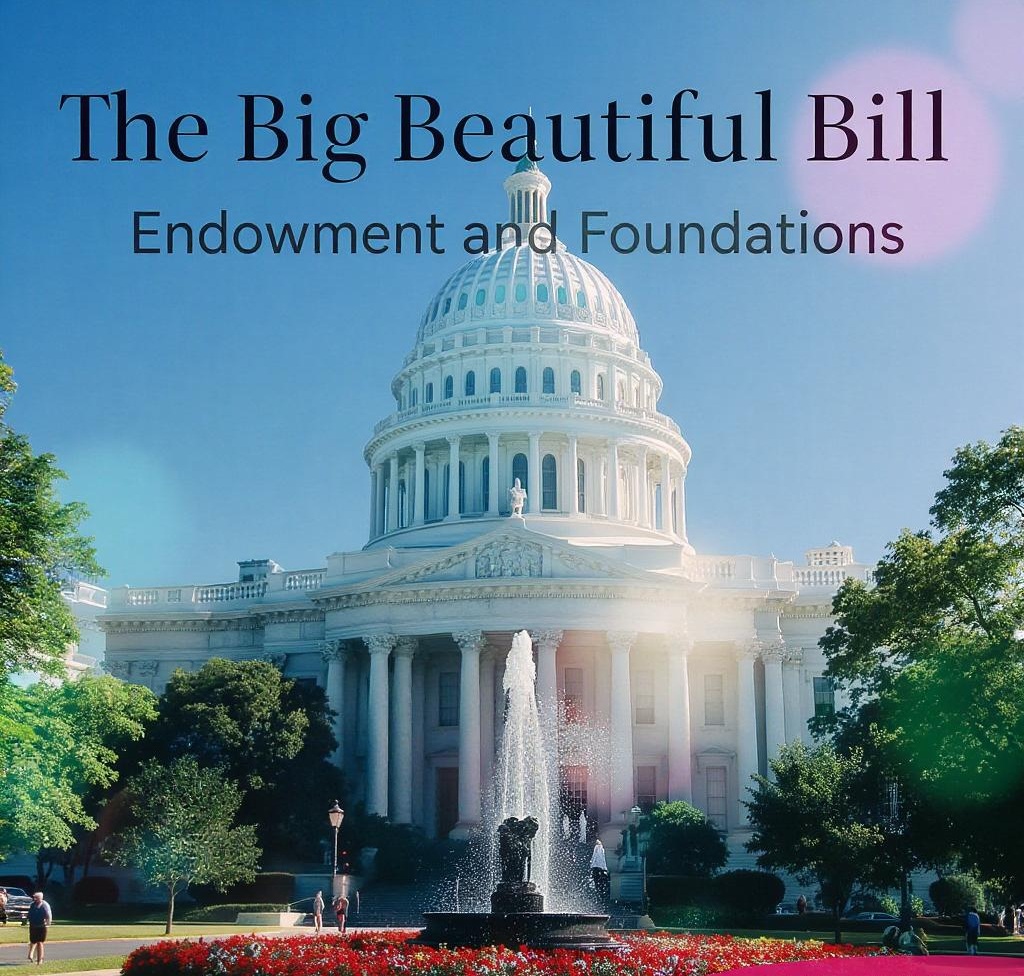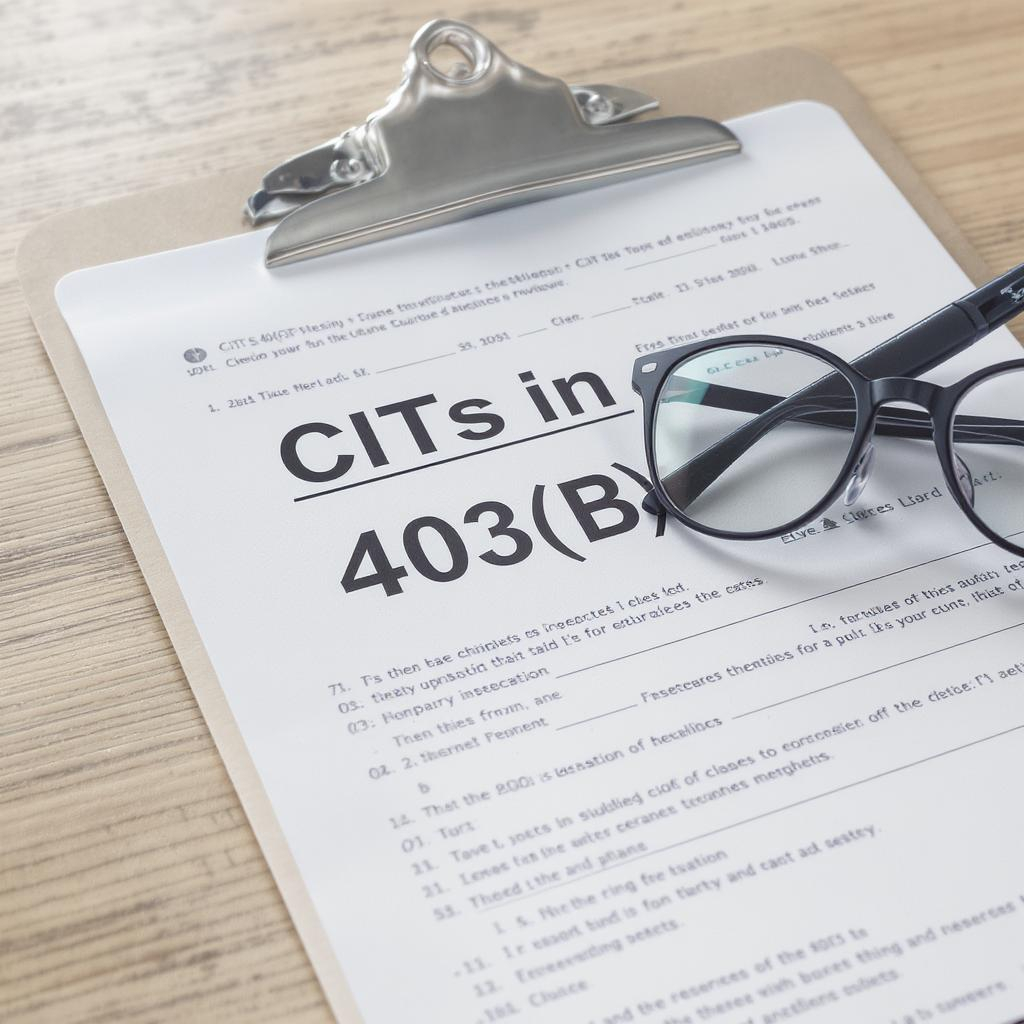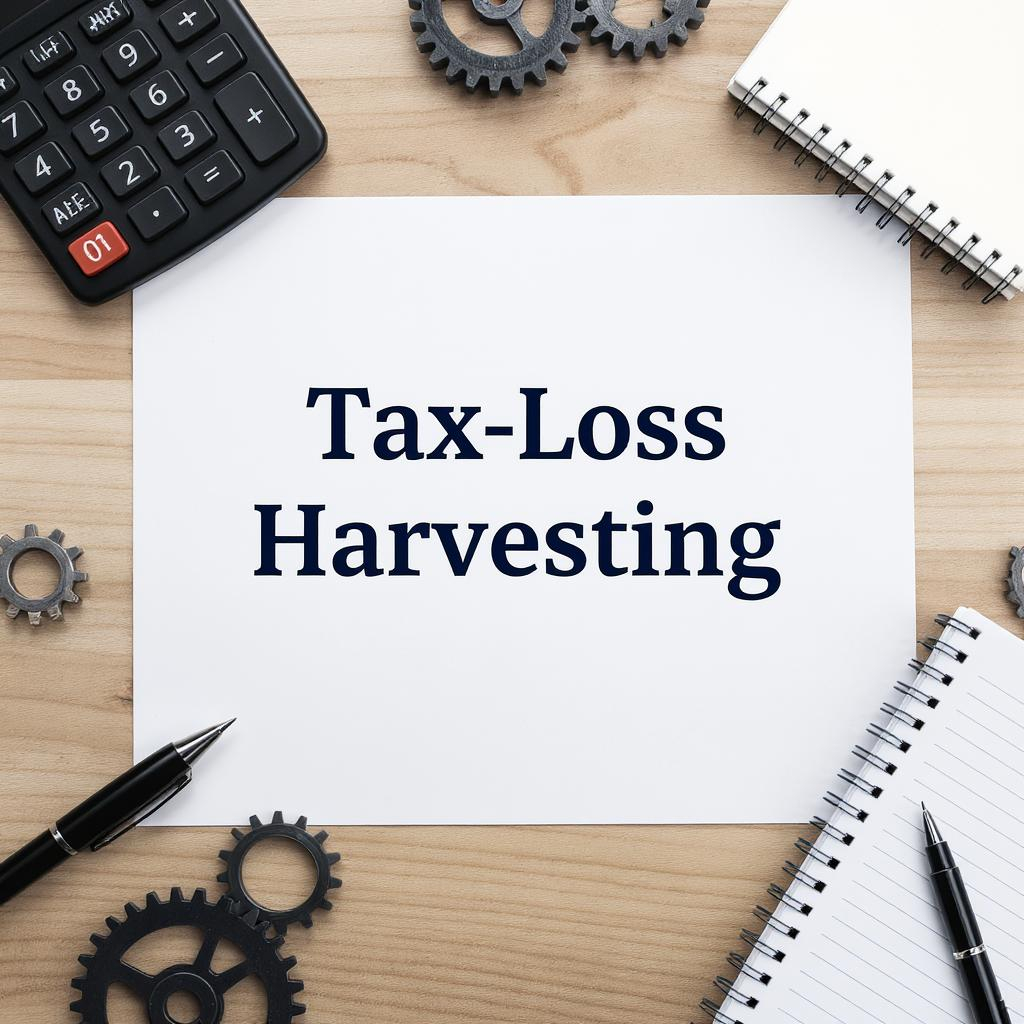The week ending August 1, 2025, presented a classic tug-of-war for investors. Upbeat corporate earnings fueled a positive mood, while persistent worries about slowing economic growth and future trade policy kept a lid on enthusiasm. Ultimately, the optimists won out, with major equity indices closing the week in positive territory as markets began to price in the possibility of a September rate cut.








